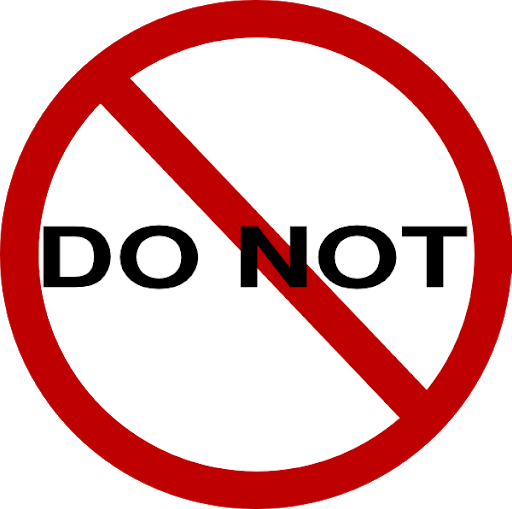
Per today a lot of employees are asked to work from home due to Coronavirus. Apart from the fact that we were allowed to work from home now and then, right now unfortunately the reason to work from home is completely different. For a period of 3 weeks people in The Netherlands are required to work at home where possible. This requires amongst others discipline and structure.
To help out a bit on this I picked up the few best practices and I clubbed them together in the 5 do’s and don’ts when working at home. At least for me, they are working.
The 5 do’s:
1. Get Dressed
What I mean here is to Get up, shower, and get dressed! Don’t keep laying lazy in bed and wearing your pyjamas. This won’t motivate you. I find that the most important thing for me is to keep a regular routine and to shower and dress every day as if I were going to an actual office.2. Designate a Work Space
The best and worst thing about working from home is that you can work anywhere! You can be on your couch, your bed but that can be detrimental to productivity because laying on bed with a laptop isn’t a really pro-active work position. If possible, work on a fix location at home, definitely not in the bedroom but this should be a no-brainer to everybody.3. Get plugged in
It’s the same for when I work out too, I just need music to help me get focused. Being at home can be distracting because you have family members at home.4. Pretend you're not home
Don't answer your home phone or door during business hours. That way, I'm never tempted to chat or take time off or slack off in any way, and I remain focused on my activities.5. Take a break
Definitely be sure to schedule in breaks. Stick to the same structure you have when you work at the office. For instance: coffee break at 10:00h and lunch at 12:30h. It’s easy to continuously sit behind a computer and forget how much time has passed by, but firstly it’s not healthy for you to sit at long periods of time, and secondly, it’s not good for productivity when you’re feeling worn out.
The 5 Don’ts:
1. Don't let friends stop by
"Boundaries are only as effective as they are enforced”. Working at home doesn’t mean that your friends can come over, even not during lunch-time. Right now, with the Coronavirus it’s even better to be a bit more in isolation anyway.2. Make a stoplight for family members
If you work from home and you have kids who cannot go to school, like the situation we have now in The Netherlands, I would like to share a idea of the CEO of Miramar, a Florida based work-at-home call center: "Tape the red light up when you cannot be disturbed and the green light when it's OK to come in. Yellow light means to check first," he says. "Kids, no matter what age, understand the message and enjoy playing along." Delineate a space that is yours and discuss the hours you’ll need space and privacy; pretty normal I would say.3. Don't go to non-work appointments in the middle of the day
I try to make doctor and dentist appointments just as I would in a company office, first thing in the morning, last thing in the day to minimize disruptions of my work. Same is valid for other appointments. Don’t go quickly to the Gamma (Dutch Hardware store) and get distracted from your work.4. Don’t become Cinderella.
Spending all day at home, you suddenly realize just how many chores and projects await dishwashers needing unloading, messy drawers demanding organising, kids’ toys strewn about. I like to do a quick straightening-up in the early morning so I’m not working amidst a sty, but try not to let too much housework seep into work-work hours. It’s just a noble form of distraction and procrastination. Another reason for me to stay out of the kitchen is that I shudder at the thought of how many times I will open the fridge to snack if I was working in the kitchen for tele-working. You need a kind of discipline and that's really the clincher for the whole thing: having the discipline to get done what you need to get done; the discipline to avoid the kitchen; the discipline to kick your drop-in friends out and last but not least: not to snack.5. Do not switch off the webcam
Conference calls can be tough, sometimes there are time delays, not knowing who's talking because you can't see them, people get interrupted on accident.Webcams can solve a number of these issues: The sense of isolation and that confusion. To be able to see the person you're talking to I think is important because we miss cues when we aren't working together in person, make doubly sure everyone understands everything.
The default setting should be: webcam ON, also of course to see your good looking co-workers! No alt text provided for this image

